For avid boaters, achieving more speed and acceleration is essential for an enjoyable experience on the water. However, challenges such as rough-water handling or sluggish planing can hinder performance. However, with some effort and attention, you can boost your boat's acceleration and reach top speed with ease.
In this blog, Plash will explore practical tips and tricks to enhance your boat's speed and acceleration, helping you assess and optimize performance for your specific needs.
Document Your Progress
Before diving into improvements, it's crucial to understand what's holding your boat back. Start by documenting your boat's performance at its highest speed. Enlist a friend to record a video as you navigate the waters. Pay close attention to visual cues like the rooster tail's height and the bow's inclination. Any deviations from the norm may signal underlying issues with your boat's setup.
Assess Your Propeller & Steering System
The propeller is the heart of your boat's propulsion system, so its condition and suitability are paramount. Inspect the propeller blades for sharpness, cleanliness, and damage. Consider whether your current propeller is suitable for your boat's size and weight. Smaller blades may struggle with larger hulls, while cleaver-style propellers offer optimal performance for boats with built-in lift.
Moreover, a properly functioning steering system is essential for achieving top speed safely. Check that your steering system is correctly adjusted and free of slack. Ensure that your engine is securely mounted to the hull to prevent any loss of power or efficiency.
Optimize Performance
Once you've thoroughly assessed your propeller and steering system, it's time to optimize performance for your specific needs. Be open to trying different propeller styles recommended by experts. Remember, achieving the perfect balance between acceleration and top speed may require some experimentation. Stay informed about your boat's capabilities and make informed decisions about necessary changes.
Check Weight Distribution
Excess weight on your boat can hinder its speed and performance. Take inventory of items onboard and remove any unnecessary gear to reduce weight. Storing non-essential items at home instead of on the boat can help maximize speed and bow lift, allowing your boat to reach its top speed more efficiently. Plash boasts lightweight, durable lighting options that will guide your way around your boat while sacrificing nothing for performance.
Consider Installing an Engine Setback or Jack Plate
One effective way to enhance your boat's speed is by installing an engine setback or jack plate. These devices allow for quick adjustments to your engine's position, helping to compensate for load conditions and changing water conditions. Whether manual or electro-hydraulically adjustable, these small changes can make a significant difference in your boat's performance on the water.
Consider other enhancements to further optimize your boat's performance. Installing a foot-control throttle, trim-tab controls, or remote-mounted power trim can provide additional control and efficiency, helping you reach your boat's top speed with ease.
Don't Forget Your Marine LED Light Strips From Plash
Unlocking your boat's maximum speed requires attention to detail and careful consideration of various factors. As the days get shorter and you work on making your boat faster, the most important thing is to stay safe on the water. Plash marine flood lights and marine LED light bar strips can help with that. They use less energy and make your boat more visible. With these lights, you can feel confident and ready for any boating adventure. If you want to learn more about them, just get in touch with Plash. They'll be happy to help.


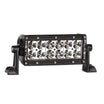
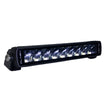
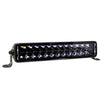
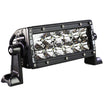
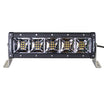
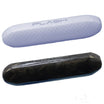
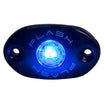
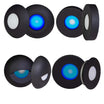
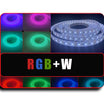
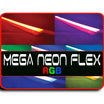

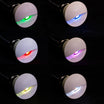
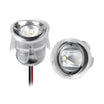
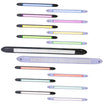

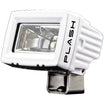
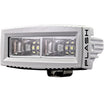
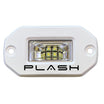
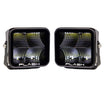
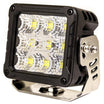
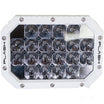
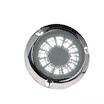
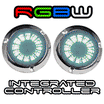
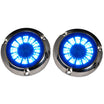
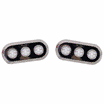
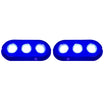
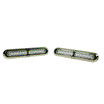

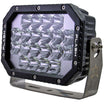
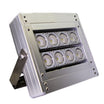
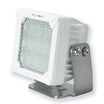
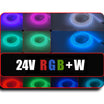
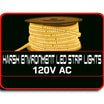

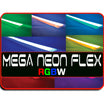
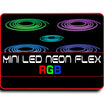
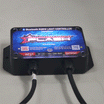
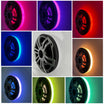
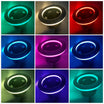
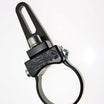
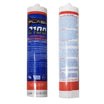
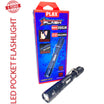
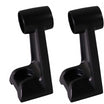
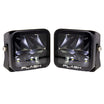
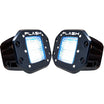
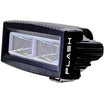
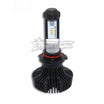
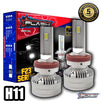
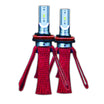
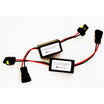
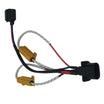
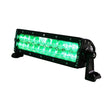
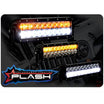
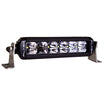
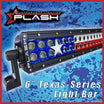
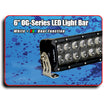
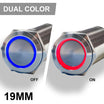
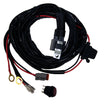
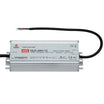
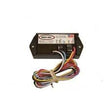
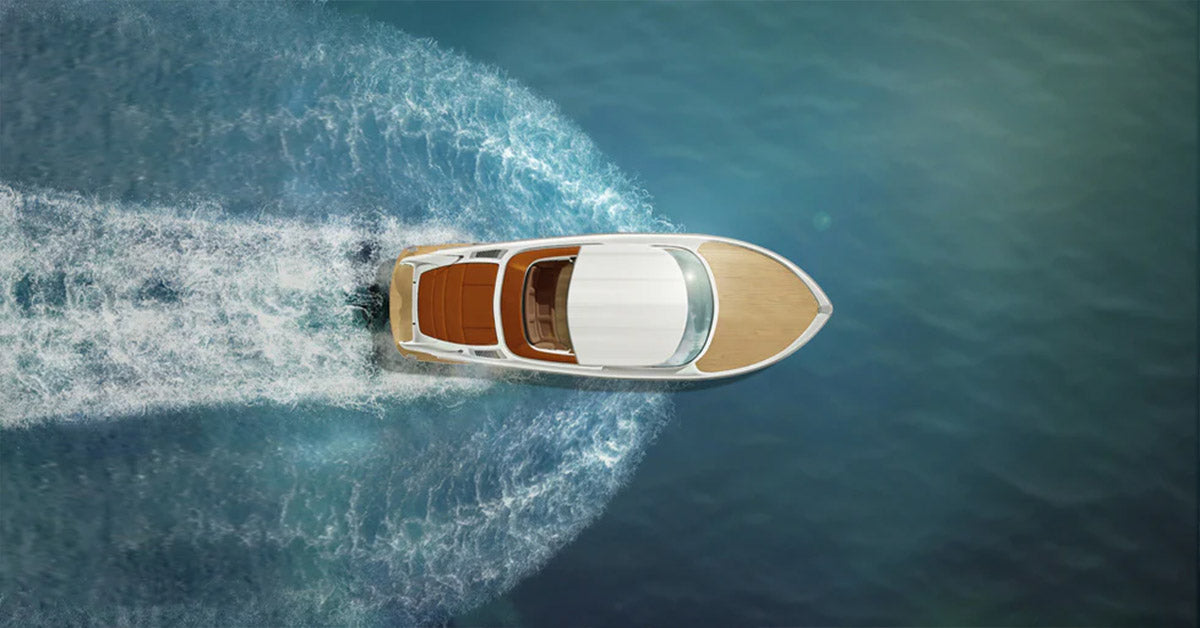
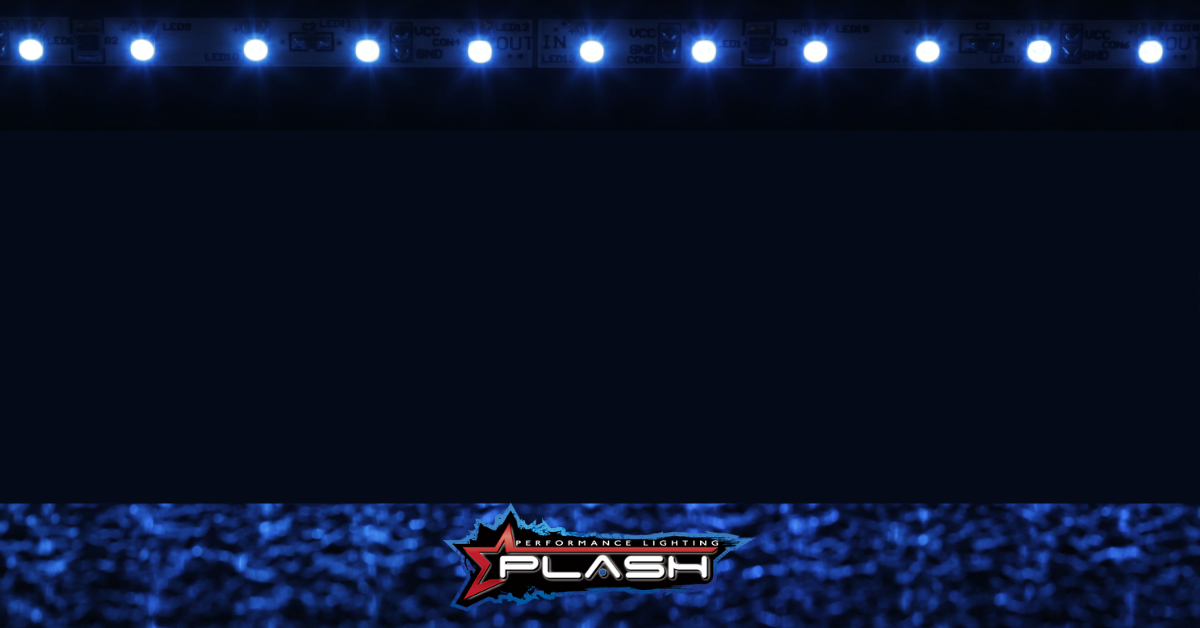
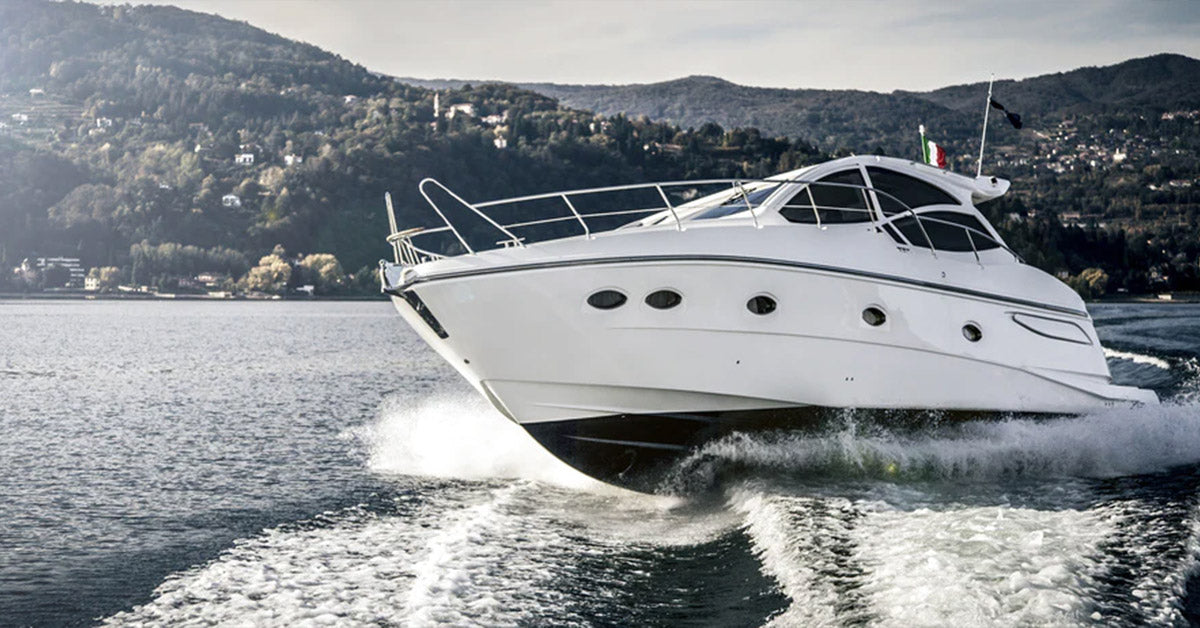
Leave a comment
This site is protected by hCaptcha and the hCaptcha Privacy Policy and Terms of Service apply.